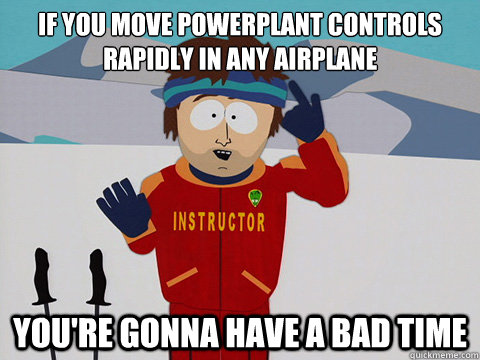middies10
Well-Known Member
Over many years, I have always heard people discussing the need to "baby" 6 cylinder engines in aircraft. Now that I am going to begin operating a 6, nobody seems to have a great explanation as to why its necessary to make smooth, slow power adjustments. It's not that I don't do this already, but I would like to have an answer for students that may be going into something like a SR22 or a BE58.
Thanks!
Don't be afraid to get real technical with your answers!
Thanks!
Don't be afraid to get real technical with your answers!

